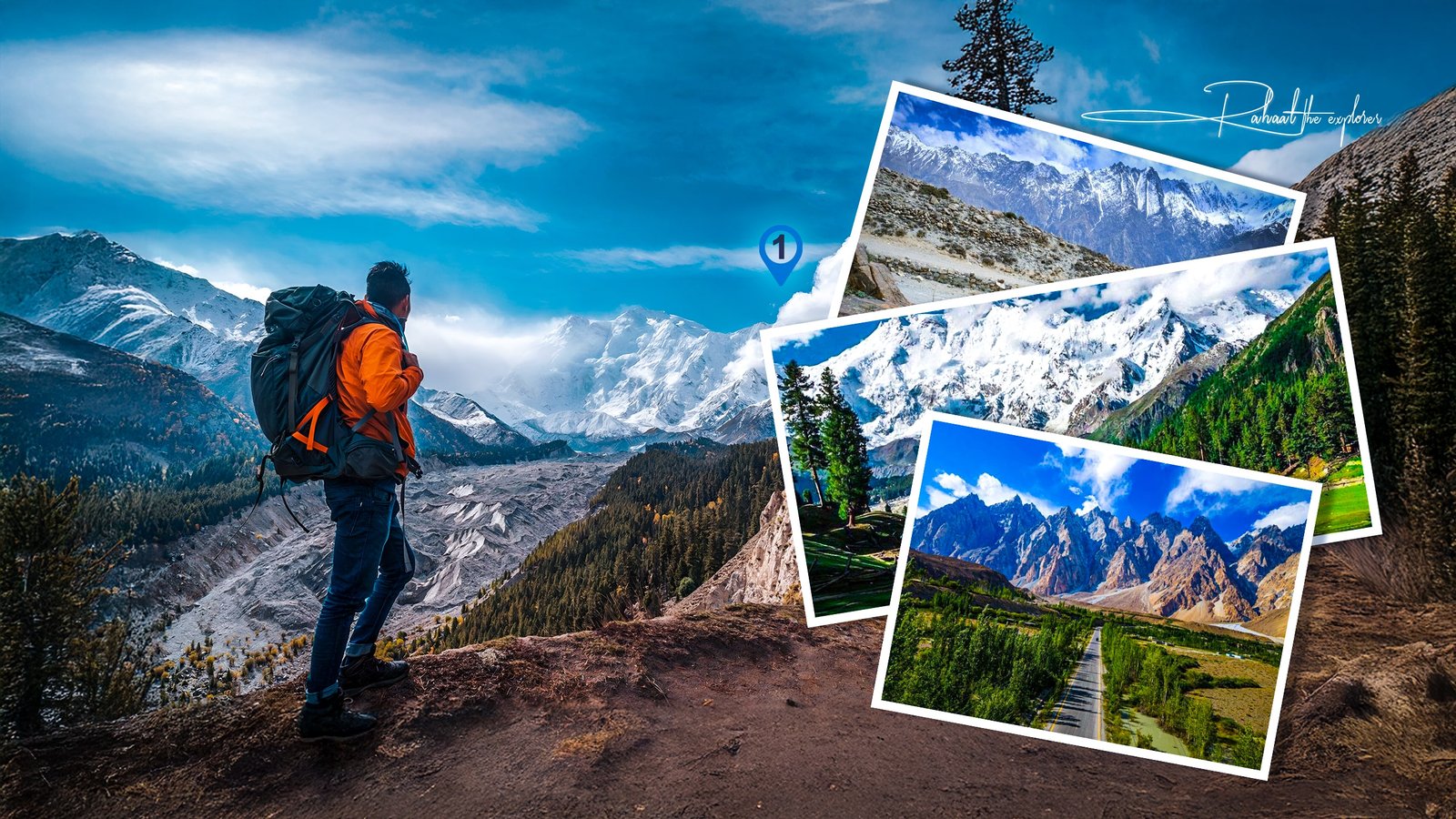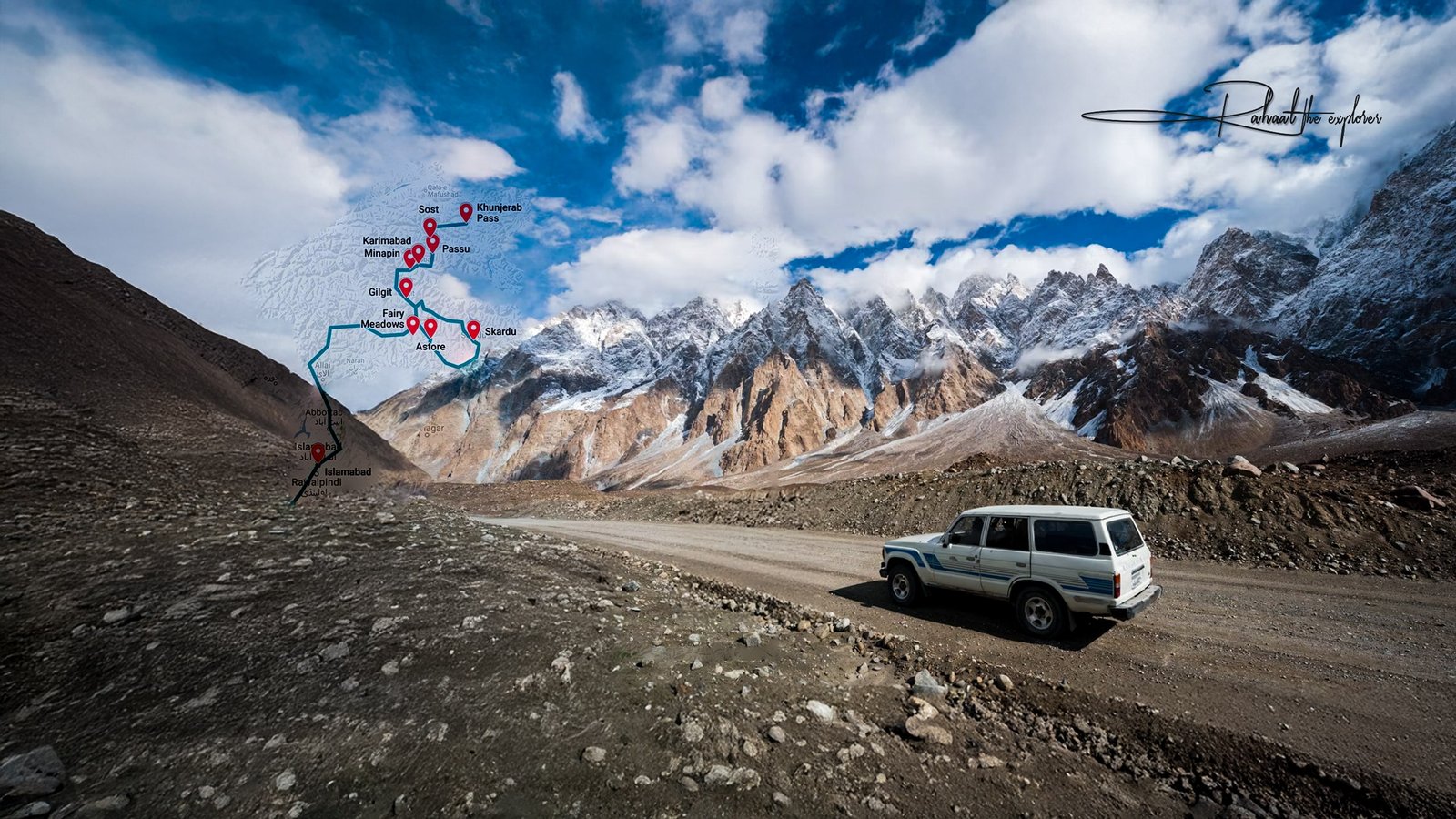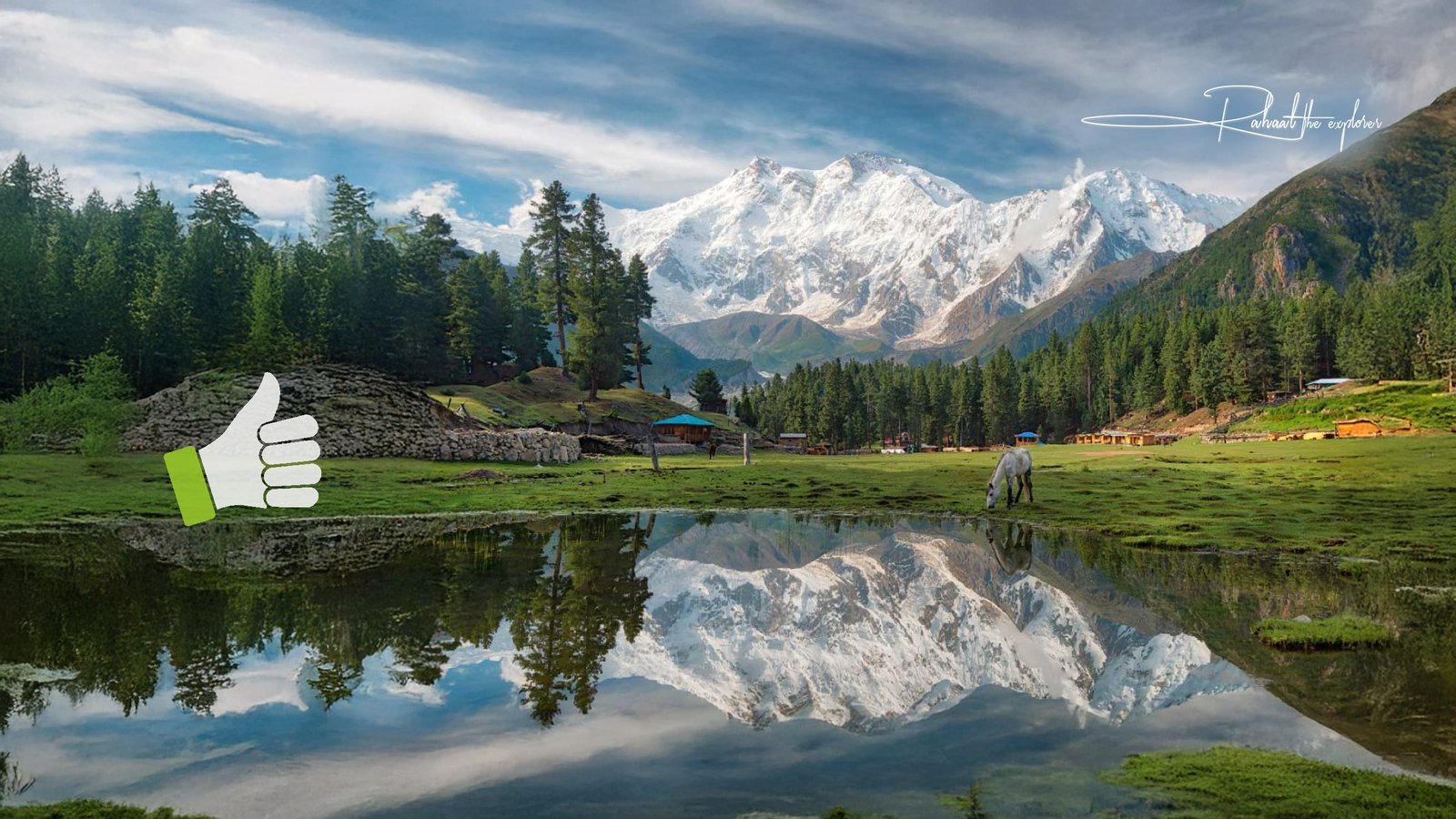Introduction
Tucked away in the heart of Arizona, the Walnut Canyon National Monument is a breathtaking glimpse into both nature’s artistry and ancient human history. Just a short drive from Flagstaff, this destination offers an extraordinary blend of scenic beauty, archaeological significance, and serene hiking experiences.
For travelers seeking to explore the cultural and natural heritage of the American Southwest, Walnut Canyon National Monument is a must-visit. In this guide, we’ll uncover its fascinating history, the best trails to hike, practical visitor tips, and insights into what makes this national monument one of Arizona’s most intriguing landmarks.
What is Walnut Canyon National Monument?
The Walnut Canyon National Monument is a preserved archaeological site and natural area located in north-central Arizona. Managed by the U.S. National Park Service, it’s best known for its ancient cliff dwellings built by the Sinagua people over 700 years ago.
Carved into the steep limestone walls of the canyon, these dwellings provide a remarkable window into the lives of the people who once called this rugged landscape home. Beyond its archaeological treasures, the canyon is also a natural wonder — featuring winding trails, diverse plant life, and panoramic viewpoints.
Location: Approximately 10 miles southeast of Flagstaff, Arizona
Established: 1915
Size: 3,600 acres
Managed by: U.S. National Park Service
The History of Walnut Canyon National Monument
Long before modern visitors walked its trails, Walnut Canyon was home to a thriving community. Around 1100 to 1250 AD, the Sinagua people — a pre-Columbian culture related to the Ancestral Puebloans — built more than 80 dwellings along the canyon walls.
These homes were ingeniously constructed under natural limestone overhangs, providing shelter from Arizona’s harsh sun and seasonal elements. The word “Sinagua” comes from Spanish, meaning “without water,” reflecting their remarkable ability to survive in dry environments.
The Sinagua people cultivated corn, beans, and squash on the canyon rim and traded with neighboring tribes. By the late 13th century, they mysteriously migrated from the area — possibly due to drought or social changes — leaving behind the enduring legacy we see today.
The site was officially protected as a National Monument in 1915 by President Woodrow Wilson, ensuring the preservation of these remarkable cliff dwellings for generations to come.
Geology and Natural Beauty of Walnut Canyon
Walnut Canyon is not just historically rich — it’s also a geological masterpiece. Over millions of years, Walnut Creek carved this 400-foot-deep canyon into the limestone rock of the Colorado Plateau.
Visitors can see layered bands of Kaibab limestone, Toroweap formation, and Coconino sandstone, each telling a chapter of Earth’s story. The canyon walls are dotted with pine, juniper, and fir trees, creating a dramatic contrast against the pale stone.
The ecosystem here is remarkably diverse for its size, transitioning from high desert to pine forest within just a few hundred feet of elevation change. Wildlife such as rock squirrels, lizards, mule deer, and numerous bird species make this canyon their home.
Top Things to Do at Walnut Canyon National Monument
1. Explore the Island Trail
The Island Trail is the park’s most famous and immersive hike. This loop descends into the canyon, allowing visitors to walk among 25 ancient cliff dwellings. It’s a rare chance to stand in the doorways where the Sinagua once lived.
- Trail Length: 1 mile (loop)
- Elevation Change: 185 feet (240 steps each way)
- Difficulty: Moderate
Highlights:
- Close-up views of preserved cliff dwellings
- Panoramic vistas of the canyon walls
- Interpretive signs explaining Sinagua culture and geology
Tip: The climb back up can be strenuous due to the stairs and elevation, so pace yourself and bring water.
2. Rim Trail — A Relaxing Walk with Big Views
If you prefer an easier walk, the Rim Trail offers stunning overlooks without the steep descent. This paved trail is suitable for all ages and provides excellent views of the canyon and several cliff dwellings from above.
- Trail Length: 0.7 miles round trip
- Difficulty: Easy
- Accessibility: Wheelchair-accessible sections available
Highlights:
- Scenic overlooks
- Replica dwellings for educational insight
- Picnic areas surrounded by pine forest
3. Visit the Visitor Center and Museum
Before starting your adventure, stop by the Walnut Canyon Visitor Center. Here, you’ll find exhibits about the Sinagua people, artifacts recovered from excavations, and interactive educational displays about the canyon’s ecology and geology.
The center also has a bookstore, restrooms, and information on ranger-led programs.
Visitor Center Hours:
Typically open daily from 9 AM to 5 PM, but check the official National Park Service website for seasonal updates.
4. Attend Ranger Programs and Educational Tours
The monument offers seasonal guided tours and ranger talks, which provide a deeper understanding of the site’s archaeological and ecological importance. These programs are especially valuable for families and history enthusiasts who want to go beyond the surface.
Topics often include:
- Ancient Sinagua culture and lifestyle
- Preservation of archaeological sites
- Local wildlife and ecosystem dynamics
5. Photography and Nature Watching
Walnut Canyon National Monument is a paradise for photographers. The interplay of sunlight and shadow across the canyon’s limestone walls creates dramatic compositions throughout the day.
Morning and late afternoon are ideal for capturing vivid colors and soft light. Bring a zoom lens to photograph distant dwellings and wildlife without disturbing the natural setting.
When to Visit Walnut Canyon National Monument
Best Time to Visit:
- Spring (April–June): Mild weather, blooming wildflowers, and fewer crowds.
- Fall (September–October): Crisp air and stunning autumn colors among the pines.
Summer:
Warm and sunny, but temperatures can reach the mid-80s °F. Bring plenty of water and sun protection.
Winter:
Cool and peaceful, though snow occasionally dusts the canyon rim — creating a breathtaking winter scene. Some trails may close temporarily for safety.
How to Get to Walnut Canyon National Monument
From Flagstaff:
The monument is located about 10 miles east of Flagstaff, just off Interstate 40.
- Driving Time: ~20 minutes
- Address: Walnut Canyon Rd, Flagstaff, AZ 86004
Take Exit 204 (Walnut Canyon Rd) and follow the signs south for approximately 3 miles to reach the entrance and visitor center.
Public Transport:
There is no direct public transportation to the monument, so a personal vehicle or rental car is recommended.
Nearby Airports:
- Flagstaff Pulliam Airport (FLG): 25 minutes away
- Phoenix Sky Harbor International Airport (PHX): 2.5-hour drive
Entrance Fees and Passes
- Entrance Fee: $25 per vehicle (valid for 7 days)
- Motorcycle: $20
- Individual (walk or bicycle): $15
- Annual Pass: $45 (great for frequent visitors)
The America the Beautiful Annual Pass is also accepted here, covering entry to all U.S. National Parks and Monuments.
Visitor Tips for Walnut Canyon
- Stay Hydrated: The dry Arizona climate can dehydrate you quickly — carry at least 1 liter of water per person.
- Wear Proper Footwear: Sturdy shoes are essential, especially for the Island Trail’s steep sections.
- Respect the Site: Do not touch or enter cliff dwellings. They are fragile archaeological sites.
- Bring Sunscreen and Hats: Shade is limited in parts of the canyon.
- Start Early: Arrive before 10 AM to avoid midday heat and crowds.
- Check Trail Conditions: Seasonal closures or weather can affect access.
- No Pets on Trails: To protect wildlife and cultural resources, pets are not allowed on park trails.
Nearby Attractions
Extend your adventure by exploring these nearby sites in northern Arizona:
- Sunset Crater Volcano National Monument: Explore lava flows and volcanic craters just 30 minutes north.
- Wupatki National Monument: Discover ancient pueblos and sweeping desert views.
- Flagstaff: A vibrant mountain town with museums, restaurants, and outdoor activities.
- Grand Canyon National Park: Just a 90-minute drive away — perfect for a day trip.
These destinations can be combined into a northern Arizona road trip filled with history, nature, and unforgettable views.
Sustainable Tourism at Walnut Canyon
As with all national monuments, preserving the integrity of Walnut Canyon National Monument is vital. Travelers are encouraged to:
- Stay on designated trails to prevent erosion.
- Avoid littering — pack out what you pack in.
- Respect wildlife and observe from a distance.
- Support local communities by purchasing from nearby Flagstaff shops and eateries.
Traveling responsibly ensures that the canyon’s beauty and history remain intact for future generations.
Where to Stay Near Walnut Canyon National Monument
1. Flagstaff Hotels:
- Little America Hotel: Comfortable and close to nature trails.
- Drury Inn & Suites Flagstaff: Excellent amenities with breakfast included.
- Residence Inn by Marriott: Perfect for extended stays.
2. Camping Options:
While there are no campgrounds inside the monument, nearby camping areas include:
- Coconino National Forest Campgrounds
- Bonito Campground (near Sunset Crater)
3. Vacation Rentals:
Flagstaff offers cabins and vacation rentals with forest views for those seeking privacy and comfort.
Frequently Asked Questions (FAQs)
1. What is Walnut Canyon National Monument known for?
It’s best known for its well-preserved cliff dwellings built by the Sinagua people over 700 years ago, offering an incredible insight into ancient Southwestern cultures.
2. How long does it take to visit Walnut Canyon?
Most visitors spend 1.5 to 3 hours, depending on whether they hike the Island Trail or explore only the Rim Trail.
3. Can you go inside the cliff dwellings?
No. To preserve the structures, visitors are not allowed inside the dwellings. However, you can view them closely from the Island Trail.
4. Is Walnut Canyon good for kids?
Yes! It’s educational and engaging, though young children may find the Island Trail’s stairs challenging. The Rim Trail is more family-friendly.
5. Are pets allowed at Walnut Canyon National Monument?
Pets are not allowed on the trails, but they can remain in vehicles or designated areas. Always check current park policies before visiting.
6. What should I bring for my visit?
Bring water, sunscreen, a hat, and sturdy footwear. A light jacket may be needed in cooler months.
7. Is Walnut Canyon wheelchair accessible?
Yes, parts of the Rim Trail and the visitor center are accessible, but the Island Trail is not due to steep stairs.
8. What is the elevation of Walnut Canyon?
The canyon rim sits at about 6,690 feet (2,040 meters) above sea level, so be mindful of altitude if you’re not accustomed to higher elevations.
9. Can you visit Walnut Canyon year-round?
Yes, it’s open year-round except for major holidays. However, heavy snow or maintenance may cause temporary closures during winter.
10. Is there a best time of day to visit?
Early morning or late afternoon offers the best lighting for photography and cooler temperatures for hiking.
Conclusion
The Walnut Canyon National Monument is more than an archaeological site — it’s a powerful connection between nature, history, and human resilience. From the intricate cliff dwellings to the scenic hiking trails and educational exhibits, every step through this canyon tells a story of ingenuity and survival.
Whether you’re a history lover, hiker, or casual explorer, Walnut Canyon offers a meaningful experience that captures the spirit of the American Southwest.
When you visit, walk gently, observe deeply, and let the echoes of the ancient past guide your journey through this unforgettable monument.



















